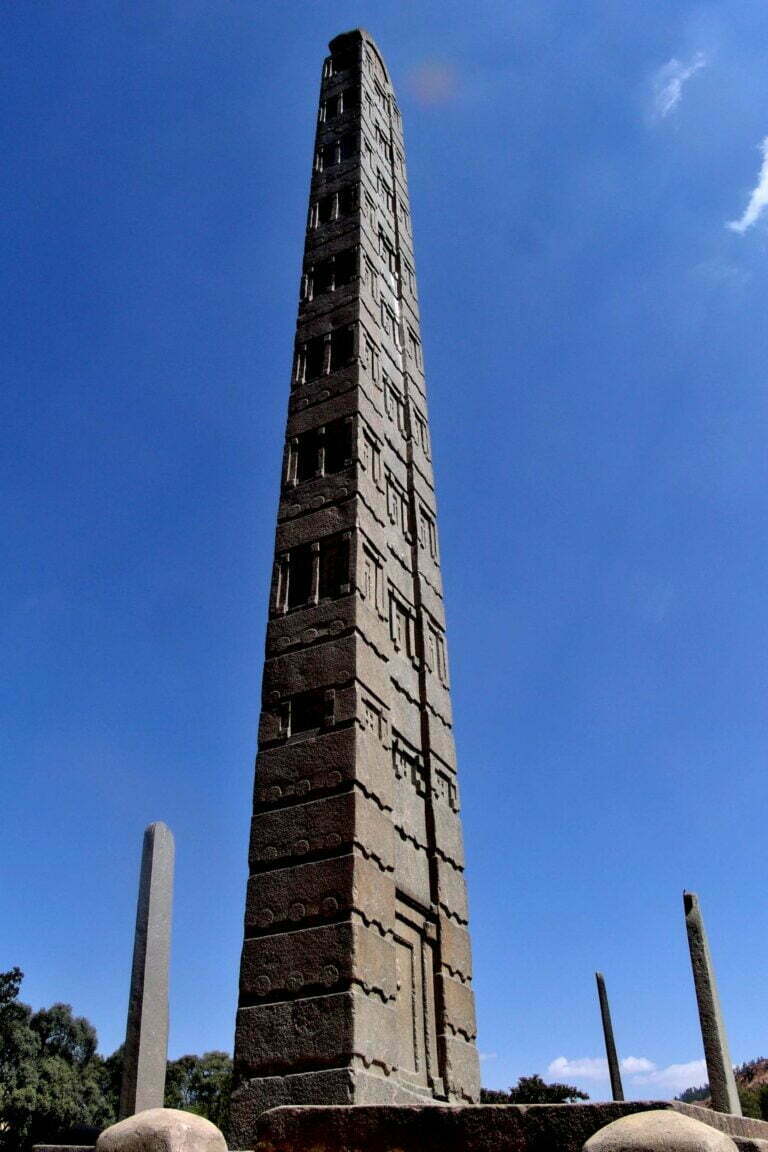Axum, aka Aksum Empire

The Aksum Empire, alternatively known as the Kingdom of Aksum or Axum, represents an ancient civilization located in present-day Ethiopia and Eritrea. Situated near Ethiopia’s northern border, the city of Aksum serves as a poignant reminder of ancient Ethiopia’s heart. Flourishing from the 1st to the 13th centuries AD, the Aksum Kingdom held a formidable position between the Eastern Roman Empire and Persia. Archaeological remnants, including colossal obelisks, stelae, royal tombs, and ancient castle ruins, underscore the kingdom’s historical significance. Despite its decline in the 10th century, Aksum retained symbolic importance as the site where rulers were crowned. Presently, governance over the remnants of the Aksumite empire is shared among Ethiopia, Eritrea, Djibouti, Somalia, and Somaliland. Through strategic endeavors such as farming, cattle-raising, and trade route control, Aksum thrived by exchanging gold and ivory for luxury goods, contributing to Ethiopia’s cultural identity. Key features and aspects of the Aksum Empire include: